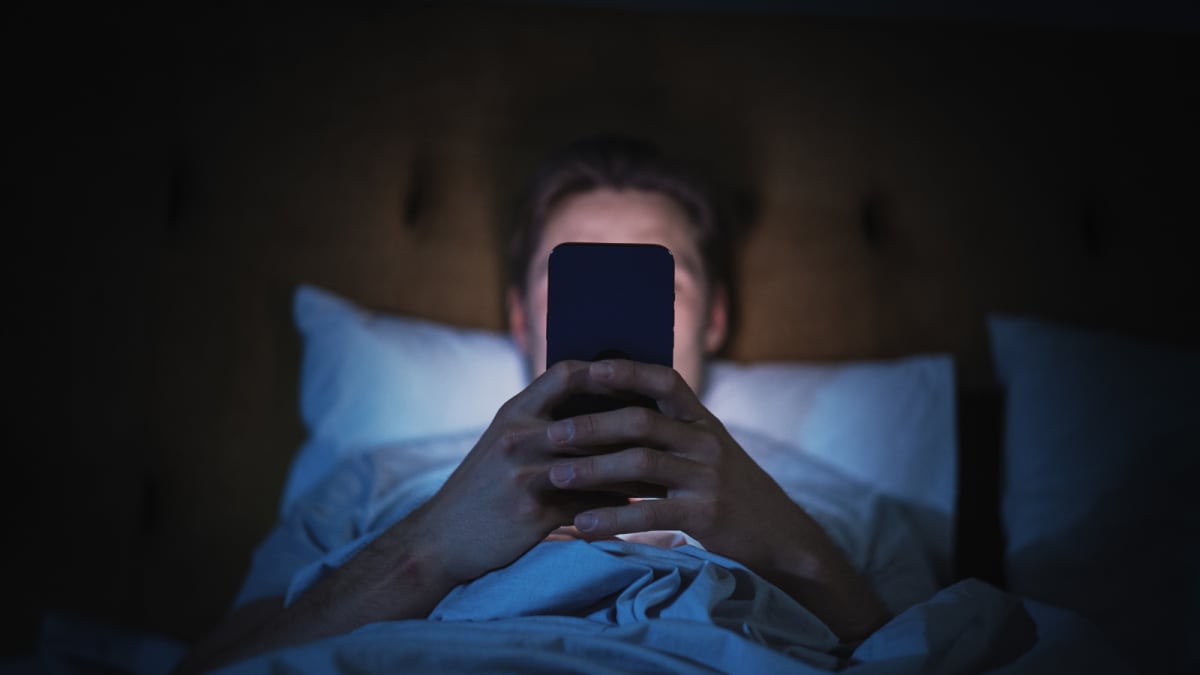Digital Brain Fasting: All About The Detox Your Brain Desperately Needs

Last Updated:August 06, 2025, 13:58 IST
In a digital savvy world, the mind is consuming content digitally at an increased pace. This can lead to digital overexposure that can impact your brain health.

Digital overexposure leads to headaches, memory issues, and sleep disturbances.
In today’s hyper-connected world, neurologists are witnessing an alarming surge in patients, especially young professionals, complaining of persistent headaches, neck pain, memory issues, and sleep disturbances. The underlying cause in many of these cases isn’t a neurological disease, but something far more pervasive: digital overexposure. From workplace screens to bedtime scrolling, the digital deluge is silently taking a toll on our brains.
“Many of my patients are in their 20s and 30s. They’re software engineers or corporate professionals logging 8–10 hours in front of screens daily, and then they go home and continue using phones or tablets,” shares Dr. Praveen Sharma, Consultant – Neurology, Apollo Speciality Hospital, Jayanagar, Bengaluru. It’s a pattern that’s contributing to a new kind of cognitive burnout – one that demands a radical reset: digital brain fasting.
The Direct Neurological Impact of Digital Overload
Extended screen time, especially late into the night, interferes with the brain’s melatonin production, which is essential for restful sleep. The result? Fatigue, irritability, and foggy memory.
“Poor posture and prolonged device use can cause cervical or lumbar spondylosis, carpal tunnel syndrome, and even arthritis,” explains Dr. Sharma. He warns that beyond the physical, there are significant mental health implications too: “Negative content, online bullying, and lack of face-to-face interaction are contributing to anxiety, depression, and even suicide ideation,” he explains.
Gaming addiction is particularly concerning among teens. “Many lose touch with reality, developing aggressive tendencies and isolation,” he adds.
What Does a Digital Detox Actually Look Like?
Step one is awareness. “The brain gets a dopamine hit from reels and scrolls – making digital habits hard to break,” notes Dr. Sharma. But breaking them is critical.
Replace screen time with healthier dopamine triggers: books, physical activity, hobbies, and real-world social interaction. He suggests simple rules: no screen time an hour before bed, putting phones on silent during family meals, and leading by example – especially for parents.
“If screens are unavoidable, reduce brightness, keep screens at eye level, and stretch every two hours,” Dr Sharma advises.
The Long-Term Benefits of Digital Brain Fasting
Digital fasting isn’t just about disconnecting; it’s about rewiring our brains to function better. “It improves memory, reduces mood swings, builds self-confidence, and lowers risks of neurological issues like migraines, spondylosis, and even Alzheimer’s,” Dr. Sharma emphasises.
Digital engagement isn’t inherently harmful. He acknowledges, “Puzzles or reading on phones is fine – if it’s within limits.”
The real danger lies in passive, addictive consumption driven by the fear of missing out.
view comments
- Location :
Delhi, India, India
Read More
[title_words_as_hashtags



